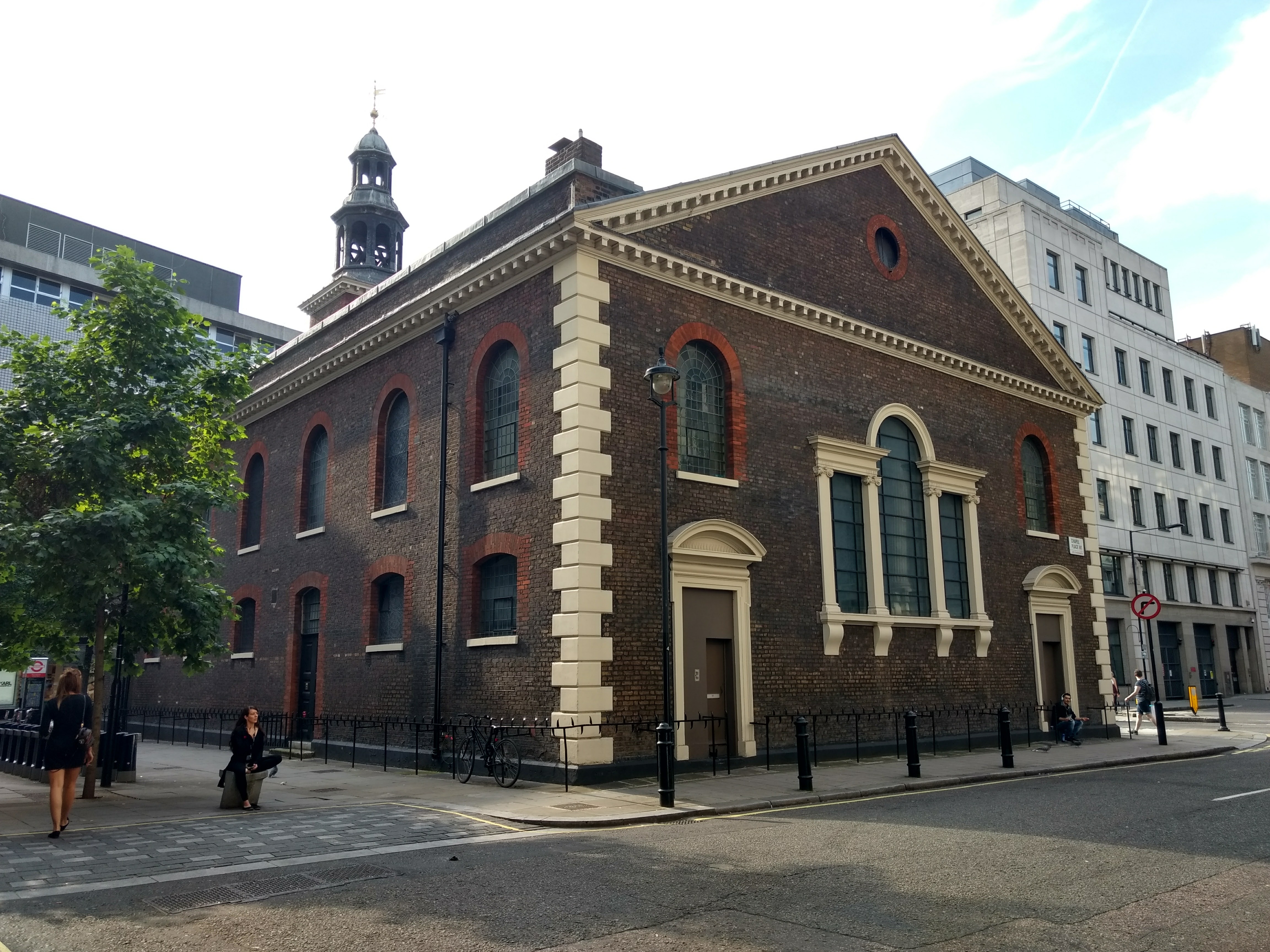St Peter, Vere Street on:
[Wikipedia]
[Google]
[Amazon]
 St Peter, Vere Street, known until 1832 as the Oxford Chapel after its founder Edward Harley, 2nd Earl of Oxford and Earl Mortimer, is a former Anglican church off Oxford Street, London. It has sometimes been referred to as the Marybone Chapel or Marylebone Chapel.
St Peter, Vere Street, known until 1832 as the Oxford Chapel after its founder Edward Harley, 2nd Earl of Oxford and Earl Mortimer, is a former Anglican church off Oxford Street, London. It has sometimes been referred to as the Marybone Chapel or Marylebone Chapel.
 St Peter's served the congregation of
St Peter's served the congregation of
 St Peter, Vere Street, known until 1832 as the Oxford Chapel after its founder Edward Harley, 2nd Earl of Oxford and Earl Mortimer, is a former Anglican church off Oxford Street, London. It has sometimes been referred to as the Marybone Chapel or Marylebone Chapel.
St Peter, Vere Street, known until 1832 as the Oxford Chapel after its founder Edward Harley, 2nd Earl of Oxford and Earl Mortimer, is a former Anglican church off Oxford Street, London. It has sometimes been referred to as the Marybone Chapel or Marylebone Chapel.
History
The chapel was designed by James Gibbs in 1722. It was originally intended as aChapel of Ease
A chapel of ease (or chapel-of-ease) is a church architecture, church building other than the parish church, built within the bounds of a parish for the attendance of those who cannot reach the parish church conveniently.
Often a chapel of ea ...
to supplement the parish church for the growing parish of Marylebone.
The building was acquired by the Crown from the Portland Estate in 1817 and was dedicated to St Peter in 1832. In 1830, Parliament had passed an "Act for endowing the Parish Church of Newborough in the County of Northampton, and Three Chapels, called Portland Chapel, Oxford Chapel, and Welbeck Chapel, situate in the Parish of Saint Mary-le-bone, in the County of Middlesex, and also a Chapel erected on Sunk Island in the River Humber".
It was licensed for marriages from 1722 to 1754 and between 1930 and its deconsecration: Margaret Bentinck (daughter of the 2nd Earl, and Duchess of Portland) married here. Incumbents included the theologian F. D. Maurice
John Frederick Denison Maurice (1805–1872), known as F. D. Maurice, was an English Anglican theologian, a prolific author, and one of the founders of Christian socialism. Since the Second World War, interest in Maurice has expanded."Frede ...
(1860–69), and William Boyce William Boyce may refer to:
*William Boyce (composer) (1711–1779), English-born composer and Master of the King's Musick
* William Binnington Boyce (1804–1889), English-born philologist and clergyman, active in Australia
*William Waters Boyce ( ...
was the chapel's organist from 1734 to 1736. Its interior appears in plate 2 of Hogarth's print series ''Industry and Idleness
''Industry and Idleness'' is the title of a series of 12 plot-linked engravings created by William Hogarth in 1747, intending to illustrate to working children the possible rewards of hard work and diligent application and the sure disasters at ...
''. It was also here that the French chef Jassintour Rozea married his French wife Mary Magdalen Bernard in April 1744. They lived on Duke Street close to Grosvenor Square. He became Master Chef to the Duke of Somerset, Charles Seymour, presenting sumptuous banquets for his guests. He wrote several cookery books on gourmet French cooking in the 1750s.
 St Peter's served the congregation of
St Peter's served the congregation of All Souls Church, Langham Place
All Souls Church is a conservative evangelical Anglican church in central London, situated in Langham Place in Marylebone, at the north end of Regent Street. It was designed in Regency style by John Nash and consecrated in 1824.
As it is d ...
, from 1940 to 1951 whilst the latter was having war damage repaired, and then became a chapel of ease to it. It is now deconsecrated and has housed the London Institute for Contemporary Christianity since the 1980s.
Architecture
The church is built of brick, with stone quoins. The main entrance is at the west end, with steps leading up to a Doric porch. The pediment once held a carved coat of arms of a member of the De Vere family; this was removed in 1832, when the building was renovated and named St Peter's. A tower rises from the ridge of the roof at the west end; the first stage is square, and of brick, while the second two stages are octagonal, and pierced on each side. At the east end is a Venetian window, with a pediment above. There was originally a stone vase on each corner of the building. Inside, the nave has an elliptical nave vault supported onCorinthian columns
The Corinthian order (Greek: Κορινθιακός ρυθμός, Latin: ''Ordo Corinthius'') is the last developed of the three principal classical orders of Ancient Greek architecture and Roman architecture. The other two are the Doric order w ...
, flanked by cross-vaulted aisles. There are galleries in both nave and chancel. Victorian alterations included the installation of stained-glass windows by Edward Burne-Jones, made by Morris & Co., which remain in place.
Gibbs published plans of the building in his ''Book Of Architecture'', in which it is called 'Marybone Chapel'. Its ground plan was copied at St Paul's Church, Halifax, Nova Scotia, the earliest Anglican church in Canada, and the Holy Ghost plaque in the ceiling at St Thomas' Church, Stourbridge
St Thomas' Church, Stourbridge, is a Grade I listed parish church in the Church of England in Stourbridge.
History
The church dates from 1726. The chancel was added in 1890 by William Bidlake.
List of vicars
* Walter Hickman 1736 - 1742
* Char ...
, is a close copy of that here.
References
* {{DEFAULTSORT:Saint Peter, Vere Street Former Church of England church buildings James Gibbs buildings Grade I listed churches in the City of Westminster